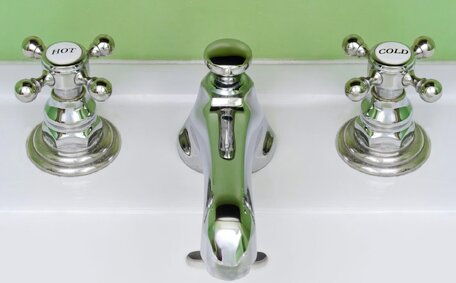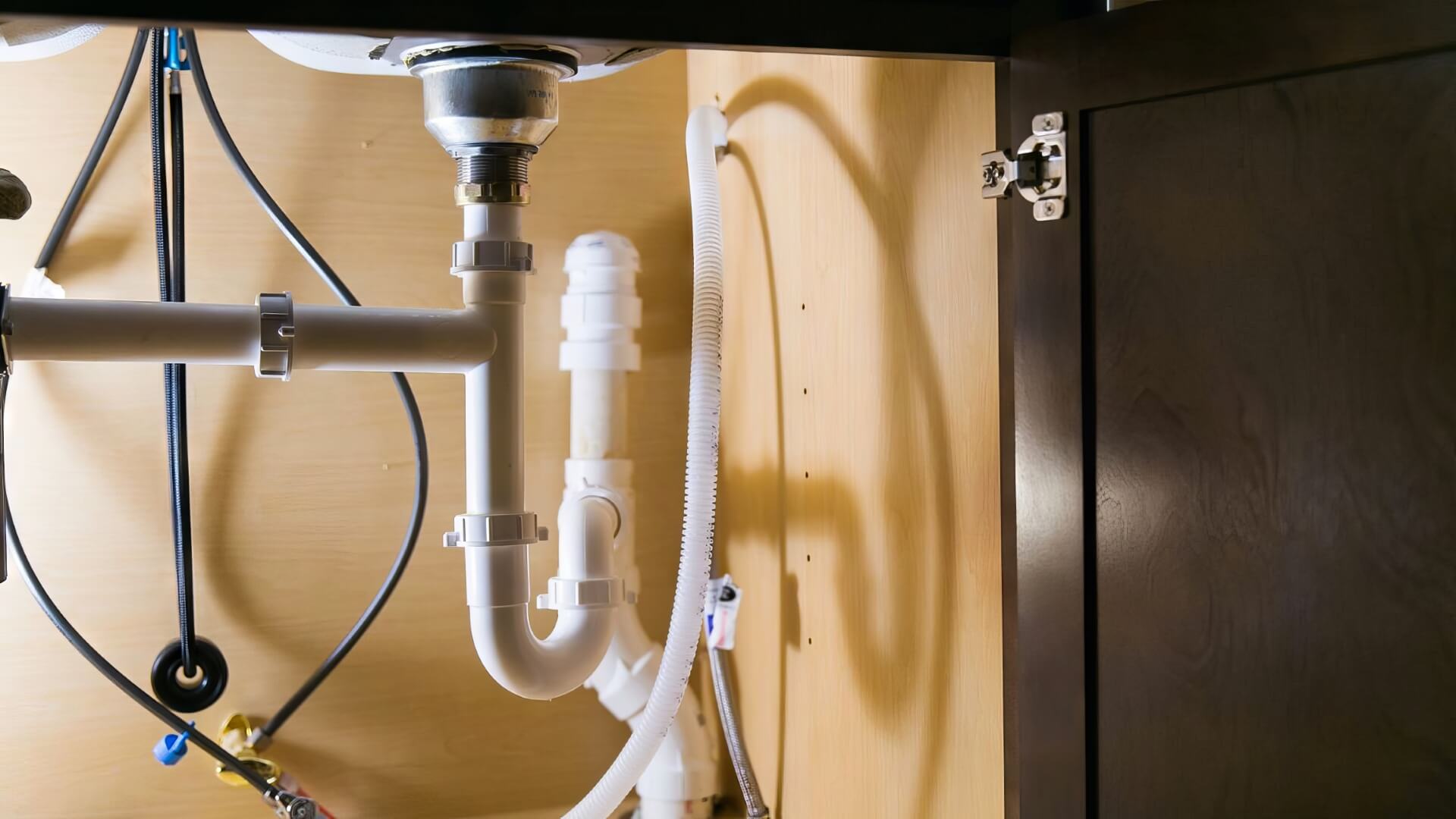
Does Pipe Relining Increase Property Value?
Pipe relining fixes damaged pipes without digging or replacement. It prevents leaks, damage, and improves drainage. This increases property value and saleability for under $2000.
Read MoreRental property owners frequently encounter plumbing issues like blocked drains or pipe damage resulting from general wear and tear, tree root intrusions, or ground movement. As a tenant, it’s important to understand your rights and responsibilities when it comes to maintaining plumbing systems.
While landlords are usually tasked with plumbing repairs post pipe damage, in some instances, tenants might bear partial costs or be fully responsible for repairs. Knowing the available maintenance solutions for plumbing issues is crucial in keeping your sewer drains operational and avoiding disagreements.
Pipe relining, which entails inserting a new pipe within the existing sewer line, is an innovative solution for common drain issues. This method saves time and cost, and importantly, circumvents extensive damage from the excavation required for traditional pipe replacement.
According to the Residential Tenancies Act 2010 in New South Wales, Landlords have a legal duty to maintain rental properties in top condition, especially regarding damaged pipes. This includes fixing any issues with sewer pipes and plumbing systems and fixtures.
Specifically, landlords are responsible for resolving issues with drains and maintaining water pipe systems, gas fittings, and key appliances, such as the hot water system. Tenants, however, are not liable for repairs stemming from fair wear and tear.
Should a landlord postpone crucial plumbing repairs, tenants can request intervention from the NSW Civil and Administrative Tribunal to enforce timely repairs and avert further degradation.
Pipe relining presents a non-invasive, trenchless option when comparing it to pipe replacement for refurbishing old piping. This technique, known for its extended life expectancy, creates a new pipe within the existing infrastructure using epoxy resin, thereby avoiding property damage.
Landlords must care for all aspects of the rental properties, including the plumbing system, under the Residential Tenancies Act 2010. This signifies that Landlords are accountable for tackling any necessary repairs needed with your sewer stormwater systems that result from fair wear and tear over the years.
Specifically, landlords are required to address pipe issues, including those related to aged cast iron or PVC pipes:
Generally, tenants aren’t liable for repairs stemming from material ageing or accidental damage outside their control. Property owners, responsible for maintaining their infrastructure, are tasked with executing repairs or pipe replacements to ensure system functionality.
For commercial properties, pipe relining provides a cost-effective and less intrusive method for restoring piping systems by installing a new pipe within the old one, circumventing the extensive damage linked with total replacement.
While landlords usually shoulder pipe repair responsibilities, tenants may be accountable for damages they directly cause.
If a landlord provides evidence that plumbing damage resulted from a tenant’s actions or negligence, the tenant may need to finance the repairs.
Tenants should act diligently, swiftly notifying their landlord of issues to ensure plumbers can address any complications with the plumbing systems, thus mitigating damage and preventing conflicts over repair costs. It is judicious to identify any pre-existing issues when moving in.
Understanding the pipe relining process reveals its efficiency and effectiveness in resolving diverse pipe-related issues. It involves fitting a new lining inside the existing pipe, thereby eliminating the need for disruptive excavation.
Responsibility for certain plumbing repairs in leased properties can sometimes be ambiguous. To avoid disputes:
Where pipe repairs specifically are needed, solutions like trenchless pipe relining offer a minimally invasive and cost-effective alternative to full drainage replacement. This technique involves introducing a pipe inside existing plumbing, creating a lining stronger than the original material, thus preventing property harm from excavation.
Effective communication, prompt documentation, and early understanding of responsibilities can prevent disputes between landlords and tenants, thus maintaining your home’s peace.
Pipe relining is a trenchless method for repairing damaged drainage pipes that avoids the need for excavation or full pipe replacement. A structural epoxy resin lining is inserted into the existing pipe to create a new, robust pipe within the original one.
The pipe relining process achieves a sturdy lining within the original pipe through steps including:
The pipe relining solution proved to be highly beneficial, offering numerous advantages over traditional pipe replacement:
When it comes to a rental dwelling, pipe relining provides cost-efficient refurbishments or enhancements to drainage systems without the need to dig up the grounds, ensuring minimal upheaval for tenants. Resulting in significantly reduced property damage than replacement methods, it averts conflicts between landlords tenants regarding payment for restorations.
The advanced pipe relining technology typically has a minimal impact on tenants, preventing the need for digging up your yard, in sharp contrast to intrusive pipe replacement methods that can disrupt your business operations. However, Landlords are also responsible for obligations around notifications and potential compensation.
Over the course of the 1-2 day relining procedure, tenants may interact with our expert team and may encounter:
Landlords must provide tenants with reasonable advance notice before commencing any work that requires property access, which is crucial for preserving harmonious living conditions. Tenants also have the right to refuse proposed relining if sufficient notice is not provided.
If relining work causes significant disruptions over multiple days, tenants may be entitled to partial compensation in the amount of rent impacted for loss of amenities under the Residential Tenancies Act 2010. This is not usually substantial for short relining jobs.
In summary, while trenchless relining avoids major excavation damages, landlords must still respect tenant notifications and rights during work. With coherent communication, pipe relining allows for vital repairs to be done without the dig replace method that often involves complete line replacement.
Tenants can prevent serious plumbing problems and cut maintenance costs by taking proactive measures. Consider the following tips:
Prompt attention and action on problem areas are crucial to avoid major pipe failures or bursts, which can cause significant harm. converse with your landlord about repair maintenance, who can then take action regarding any issues detected or repairs required.
Should the water pipe under your property eventually deteriorate, comprehending the pipe relining method reveals a non-intrusive, cost-efficient repair technique that rehabilitates pipes internally. Unlike excavating external pipes, relining avoids serious property damage or interruption.
Pipe relining solutions offer substantial cost efficiencies over conventional pipe replacement, benefitting both landlords and tenants of your property. By rehabilitating pipes from the inside out rather than excavating and replacing entire pipes, relining minimises expenses in multiple ways:
For property owners, avoiding property damage equates to substantial savings on restoration costs. Tenants also benefit from less disruption to their living premises.
In most cases needing drainage repairs, pipe relining benefits everyone involved by providing a faster, less invasive and more cost-effective solution than replacement. With the highest quality resin materials and experienced tradespeople, durability and reliability is not sacrificed for cost savings.
If you’re experiencing pipe-related concerns, contact Leichhardt Plumbing, renowned for our pipe relining expertise in Sydney, to consult with a local pipe relining specialist. Our team is ready to assess whether trenchless relining is suitable for your situation.
Pipe relining fixes damaged pipes without digging or replacement. It prevents leaks, damage, and improves drainage. This increases property value and saleability for under $2000.
Read MoreThe efficiency of your hot water system can be impacted by various environmental factors. Proper insulation, temperate climates, and appropriately sized systems lead to enhanced efficiency, lower energy bills, and reduced emissions. Compare different hot water systems and learn tips to maximise efficiency.
Read MorePipe relining is the most effective way to permanently solve bad sewer smells without the need to dig trenches or damage your property. Our trenchless pipe repair specialists use specially designed pipes to reline your old, damaged pipes. This stops cracks and leaks that let sewage smells flood your home.
Read MoreLeichhardt, 2040 NSW
We will call back as soon as possible.




